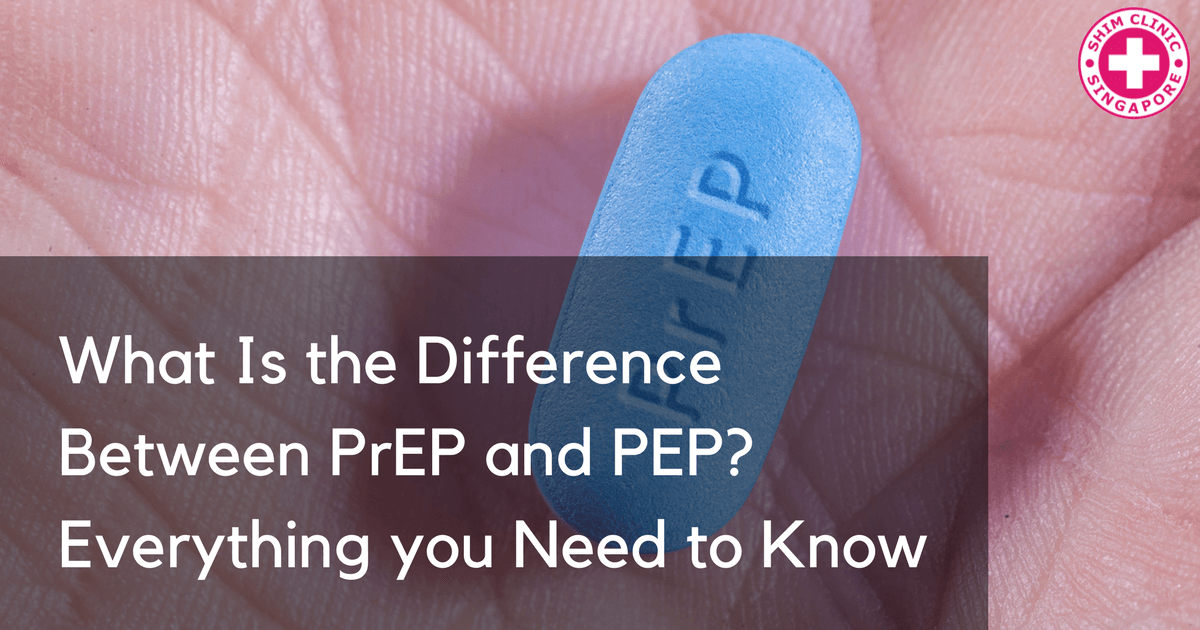Significant strides in the fight to reduce HIV/AIDS infections have led to new medications that considerably reduce the chances of contracting the infection. HIV PEP and HIV PrEP are such medications that medical practitioners now give to people who may be exposed to the virus to reduce chances of getting the infection. The two almost work in the same way but are very much different.
Pre-Exposure Prophylaxis (PrEP)
PrEP is given to uninfected individuals who may be at a high risk of getting the infection. In addition, the regimen is given to individuals who may engage in sexual activities with HIV-positive individuals. Such people may be serodiscordant couples (this is where one is infected with the virus and the other is not), commercial sex workers and men who have sex with men.
The most common form of PrEP that is given to such people and the very first of its kind is Truvada. Truvada is a mix of tenofovir and emtricitabine. For the treatment to work, the drug is supposed to be taken on a daily basis.
According to the Centers for Disease Control and Prevention (CDC), if taken as recommended, Truvada can lower the chances of contracting HIV by 90% during sexual activity and by up to 70% through the use of injection drugs.
It is important to note that Truvada is not a vaccine for HIV, rather, a way to reduce the risk of contracting the virus. In addition, for it to work, the dosage must be strictly followed.
Post Exposure Prophylaxis (PEP)
CDC suggests that PEP should be given to HIV-negative people who suspect that they may have been exposed to HIV. The regimen should be given within 72 hours for it to work. Cases that may warrant the use of PEP include situations of condom breakage during sex, shared needles or cases of rape.
In addition, health workers are required to subscribe to PEP in the event that they get in contact with HIV-positive blood or bodily fluids through open wounds, mouths or eyes as well as situations where the health worker(s) may get cut with used medical equipment.
For PEP to be effective, the regimen, which is made up of two or three antiretroviral medication is to be taken daily for 28 days once or twice a day.
Conclusion
The two drugs named above aid to combat HIV infections before or after possible exposure. However, they are not 100% effective. This means that other preventive measures need to be used such as the use of condoms for protected sex in the case of those who prescribe for PEP. In addition, the dosages must be strictly followed for the treatment to be effective.
Lastly, even as research has shown that use of PrEP and PEP lowers the risk of contracting HIV, it does not reduce the risk of contracting other STIs such as syphilis, gonorrhea or chlamydia. This further asserts the importance of having protected sex and using condoms in the proper manner for protection against STIs and STDs. More information on PEP and PrEP can be accessed through STI clinics or HIV/AIDS testing clinics.

